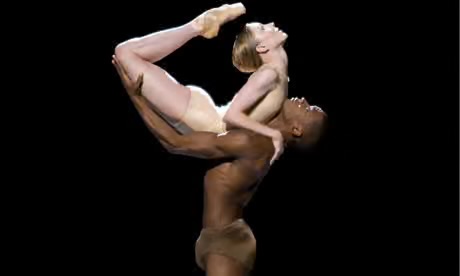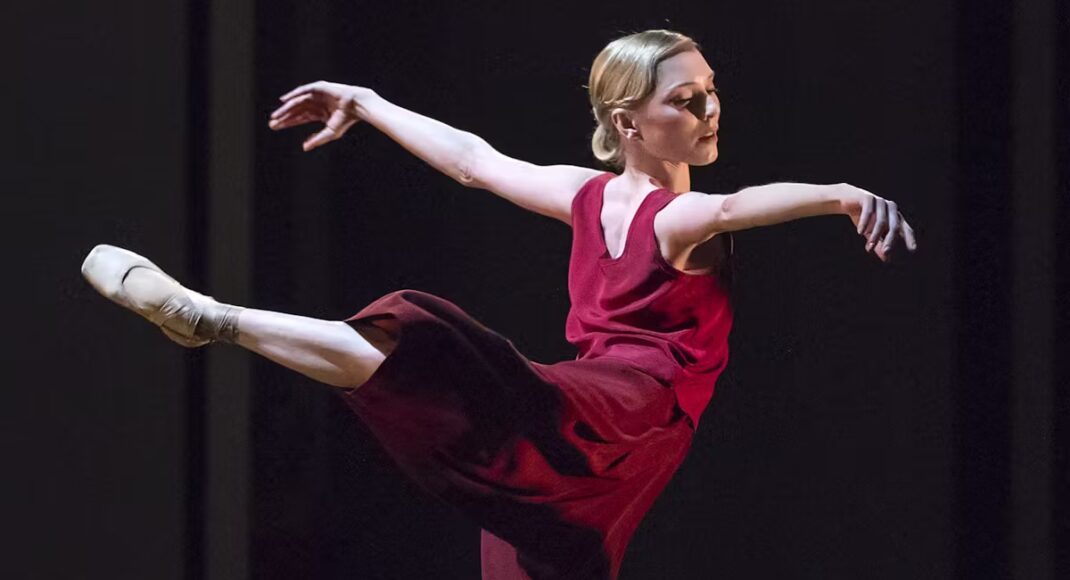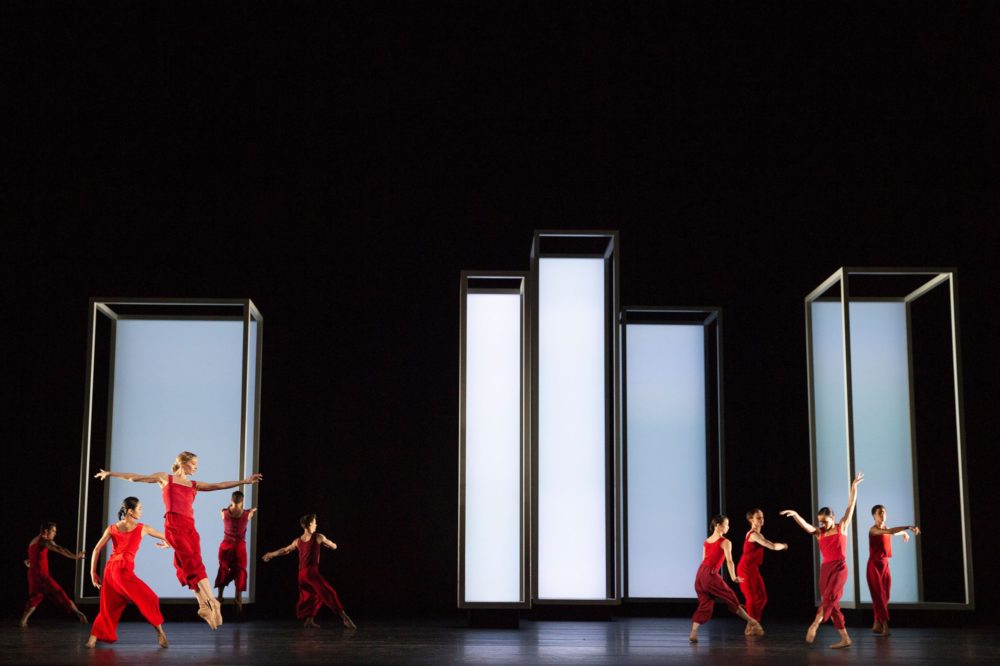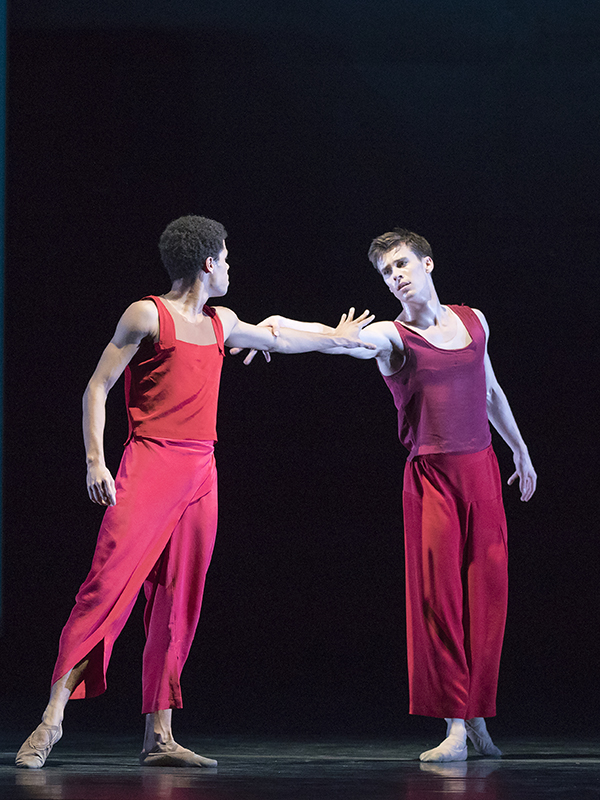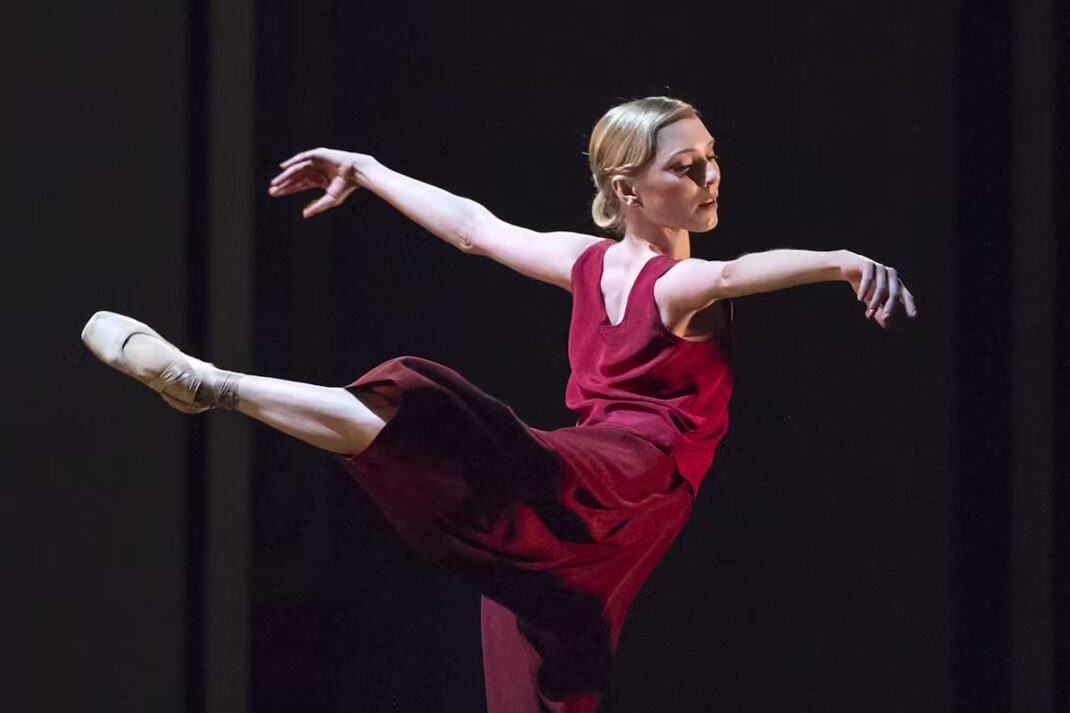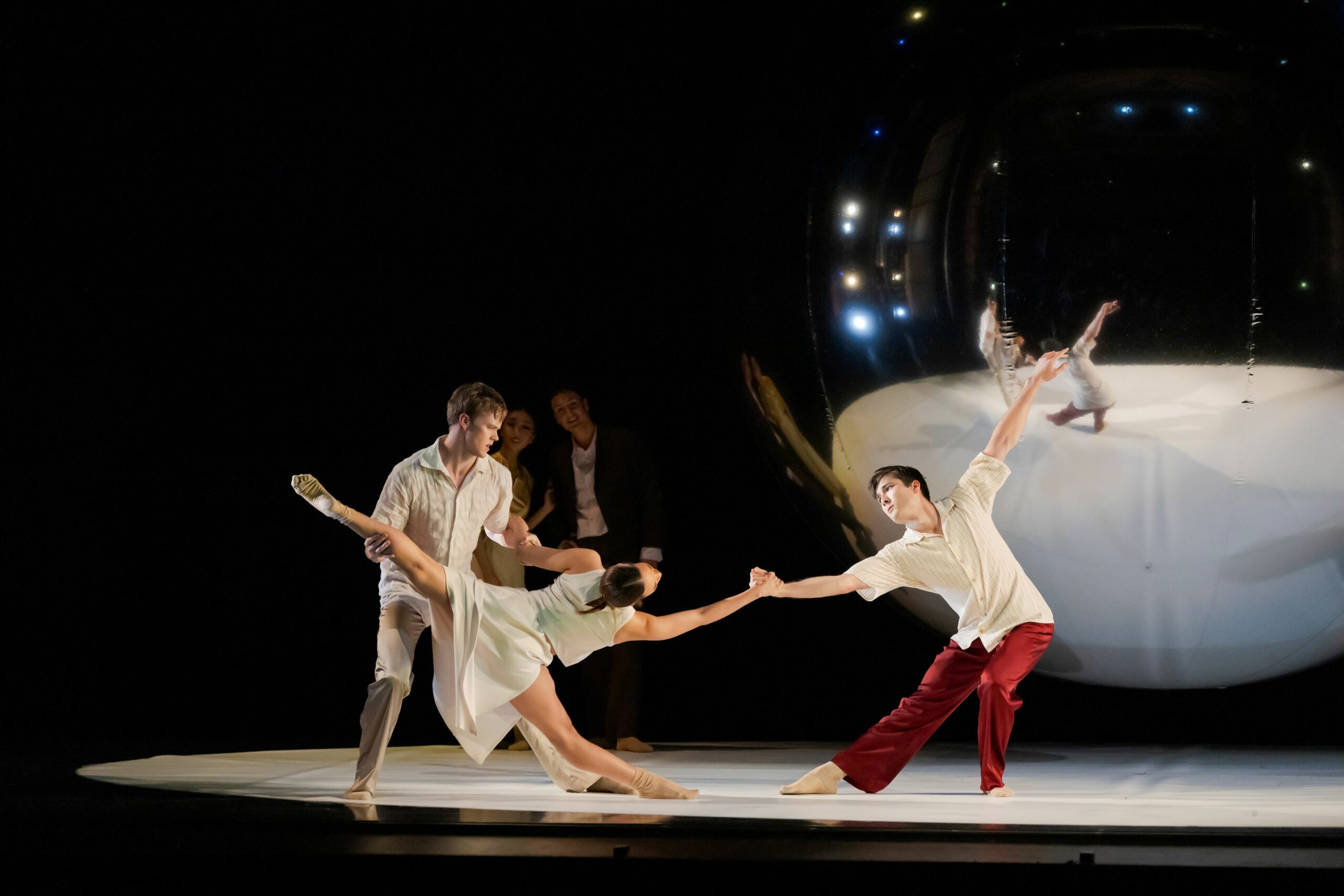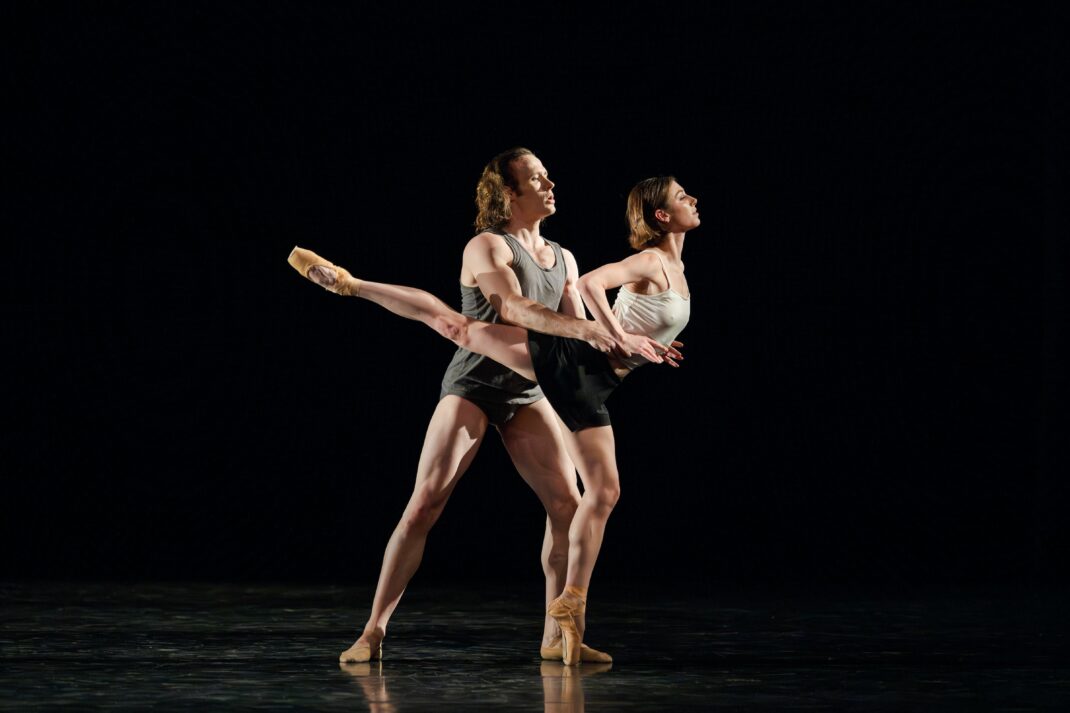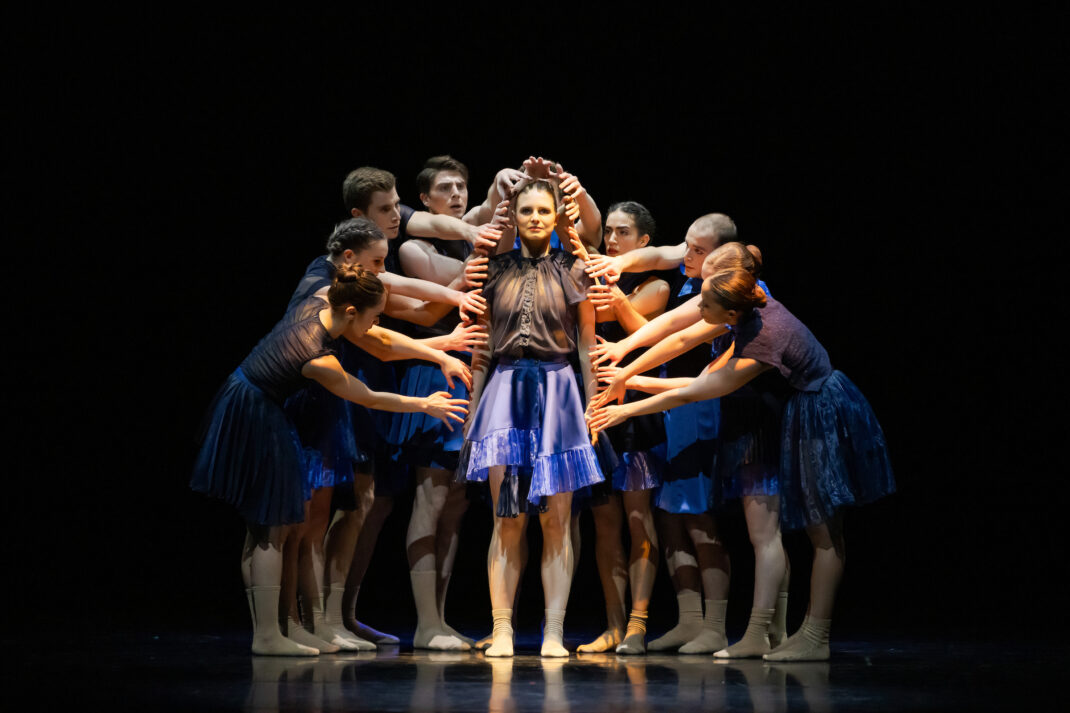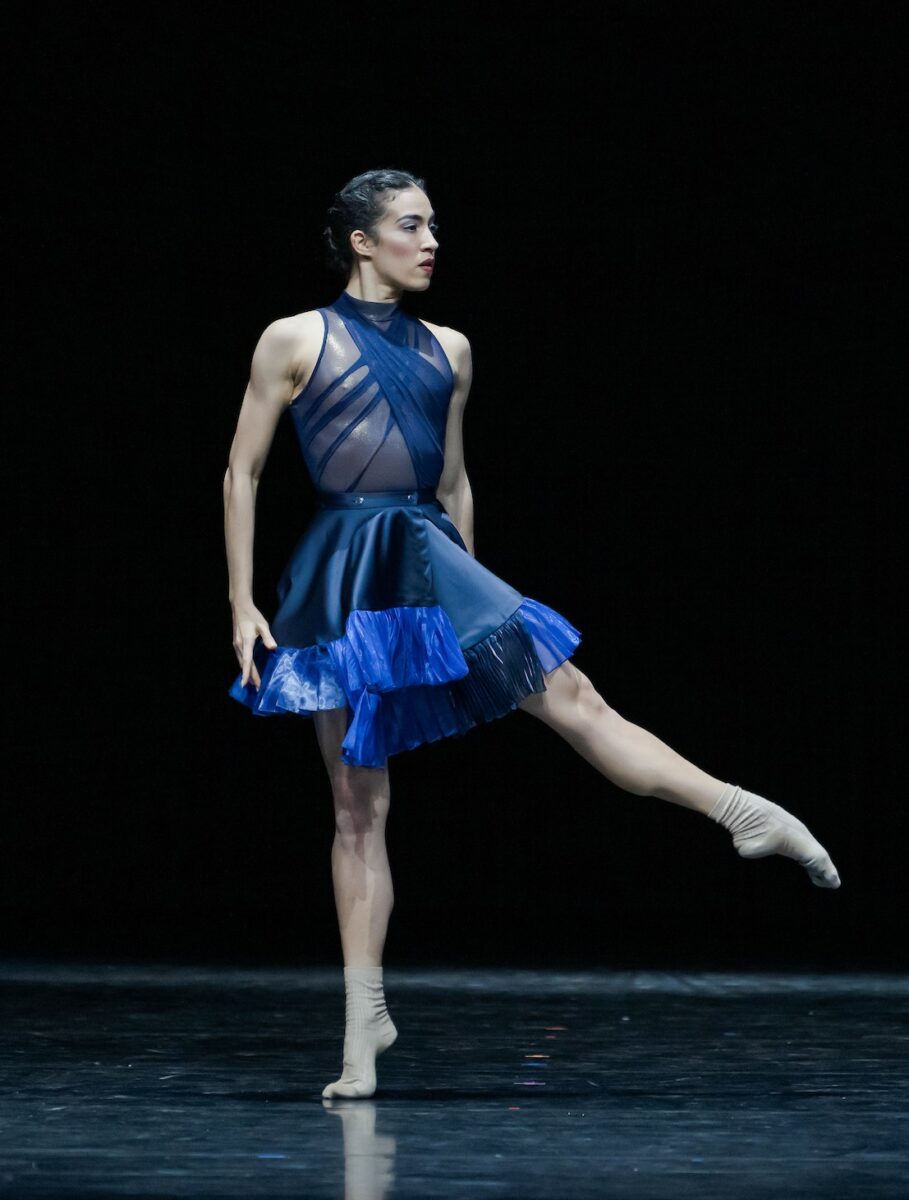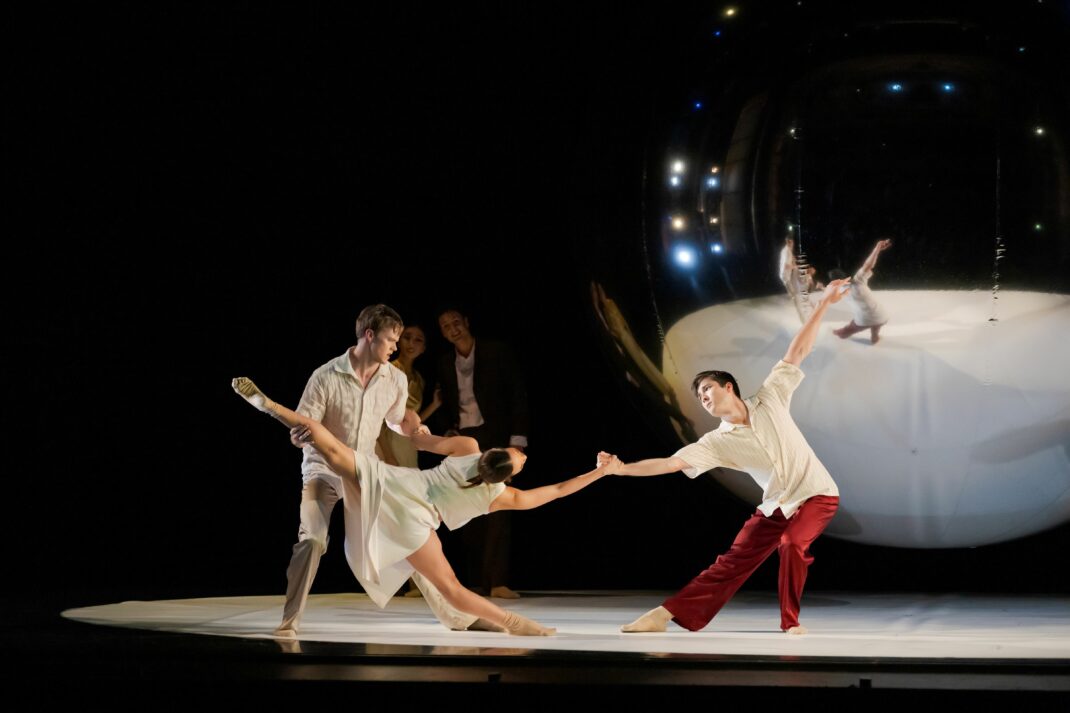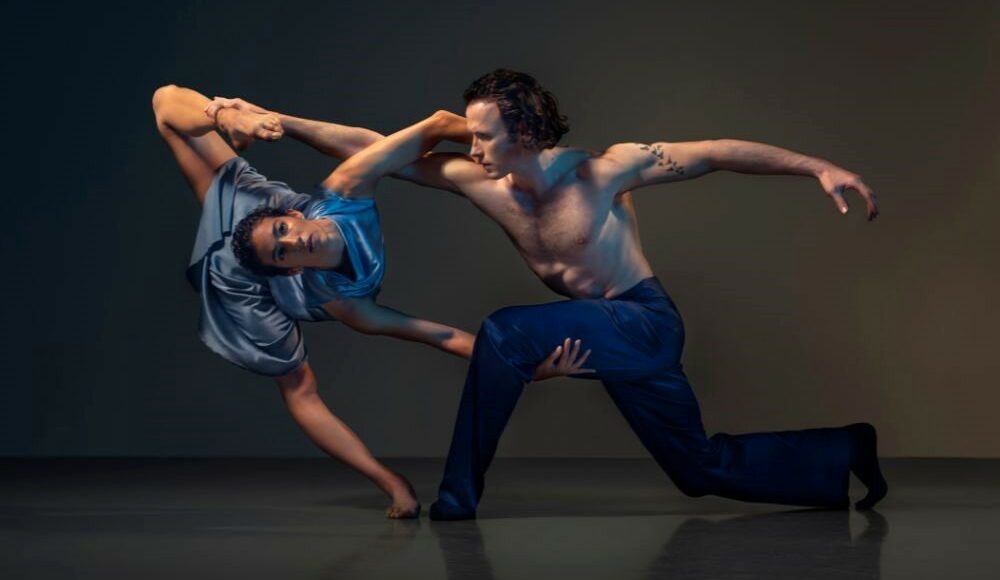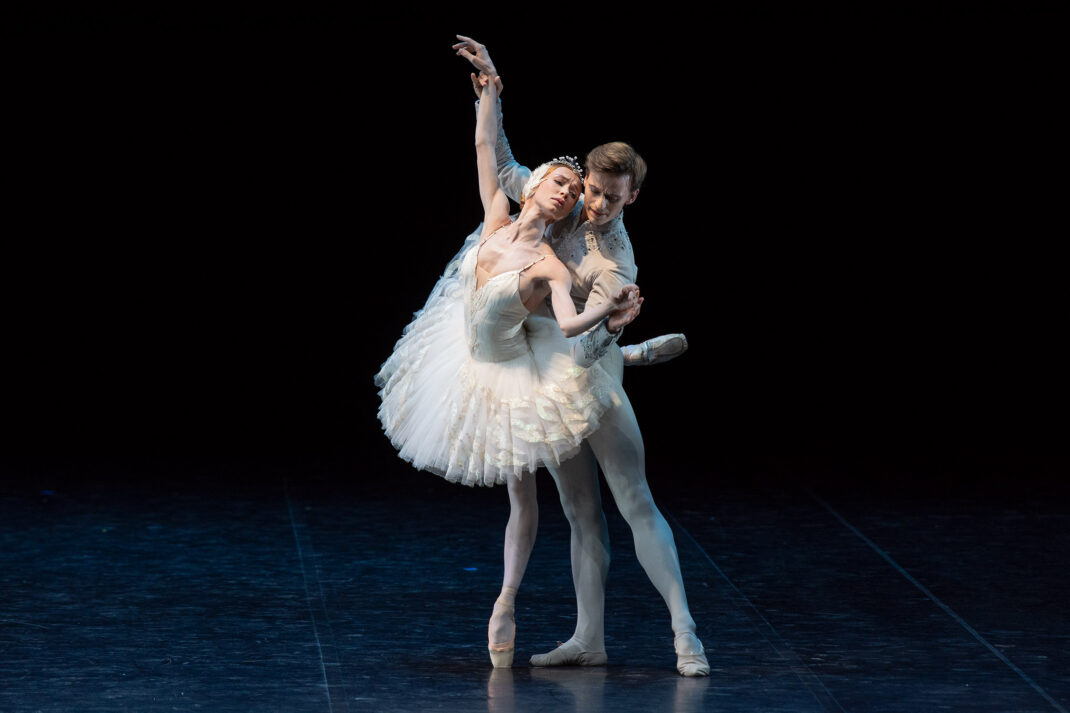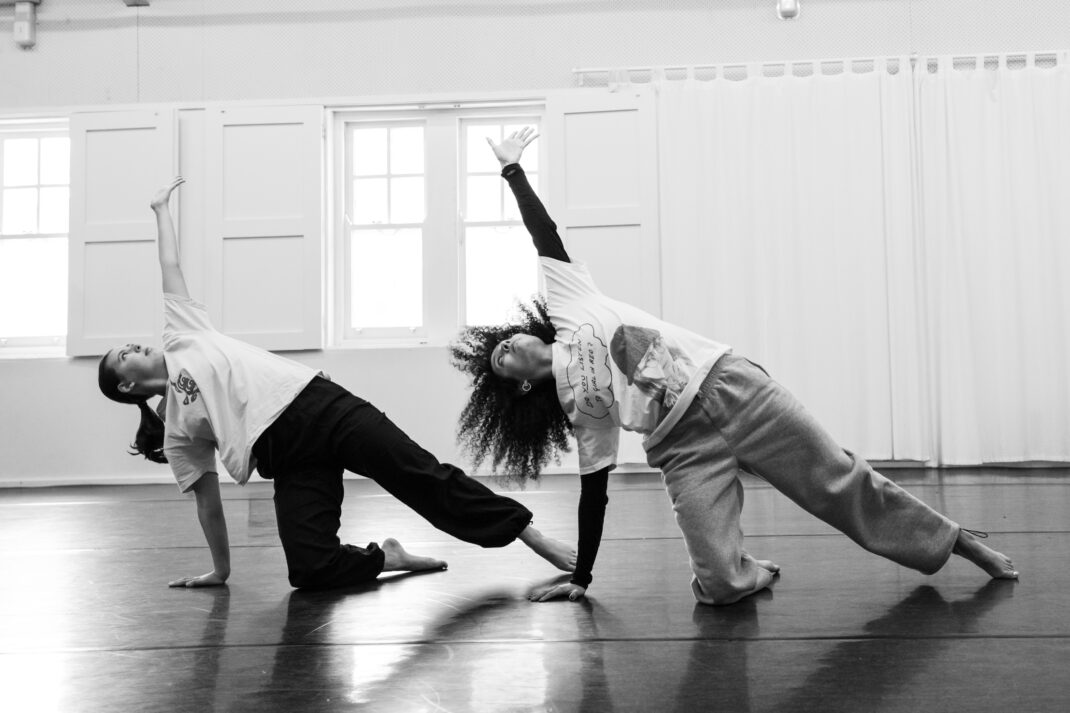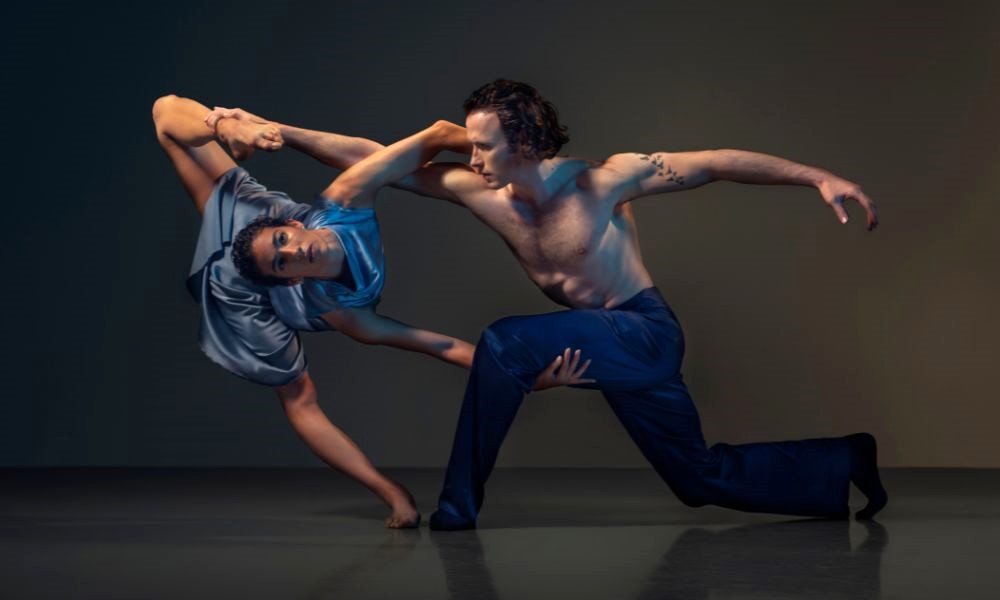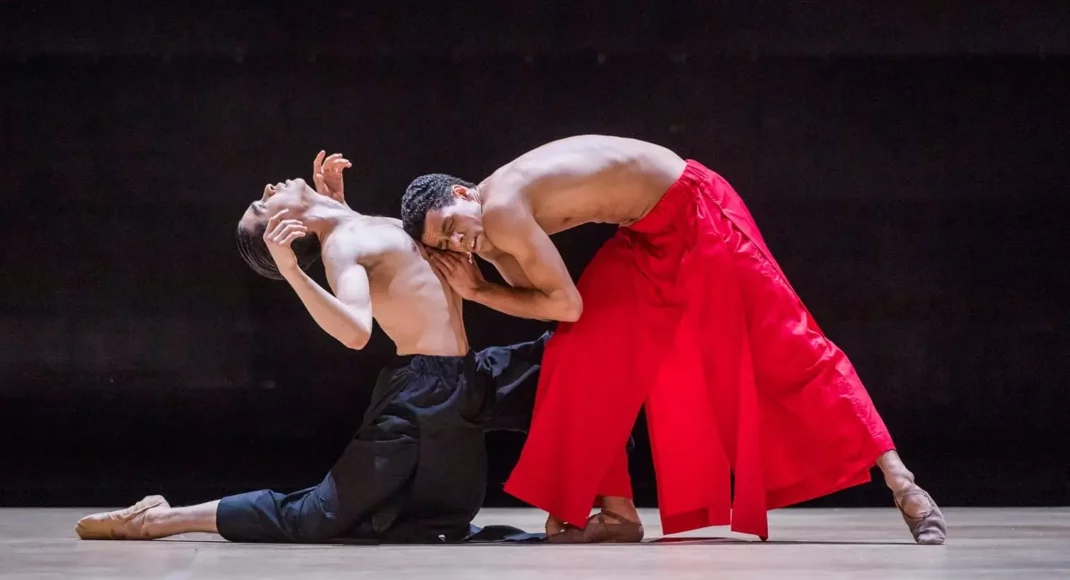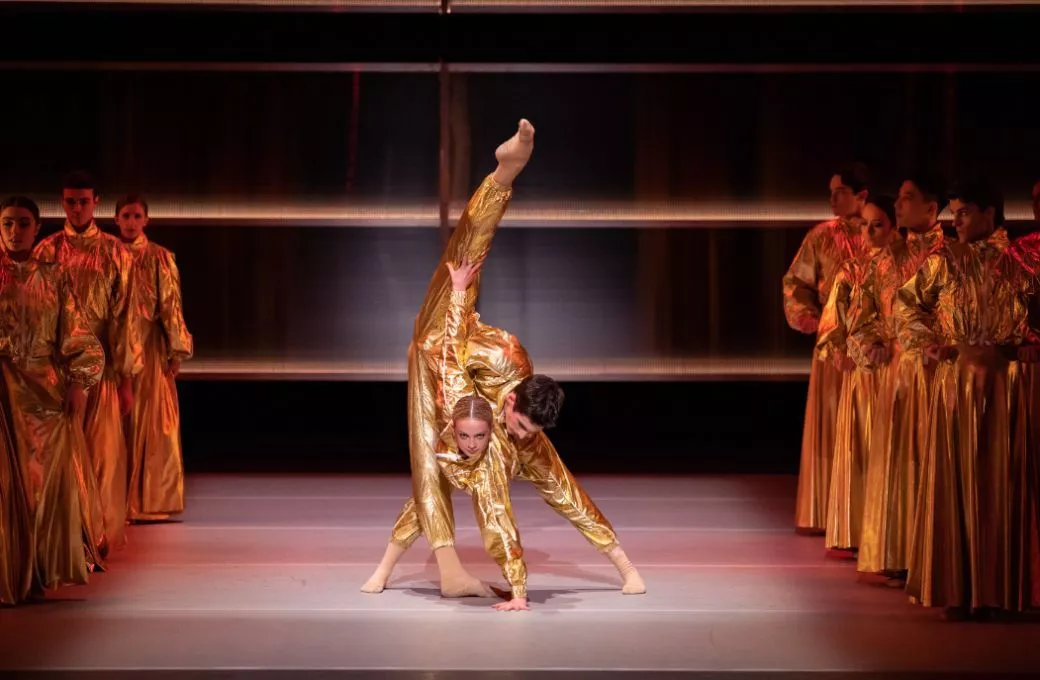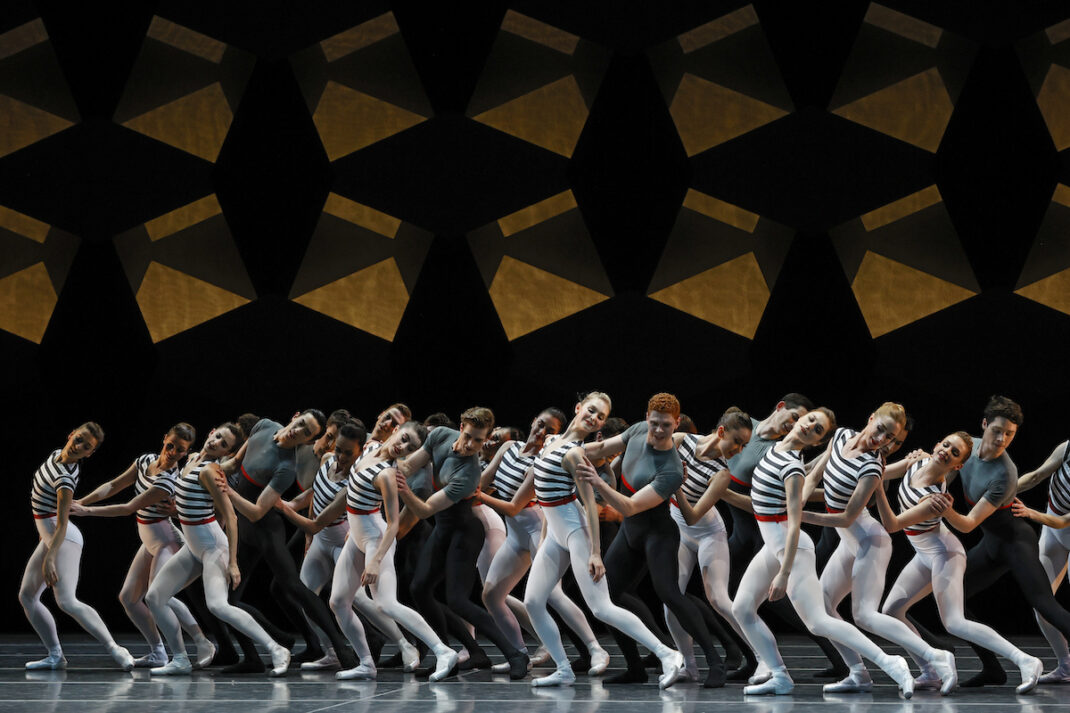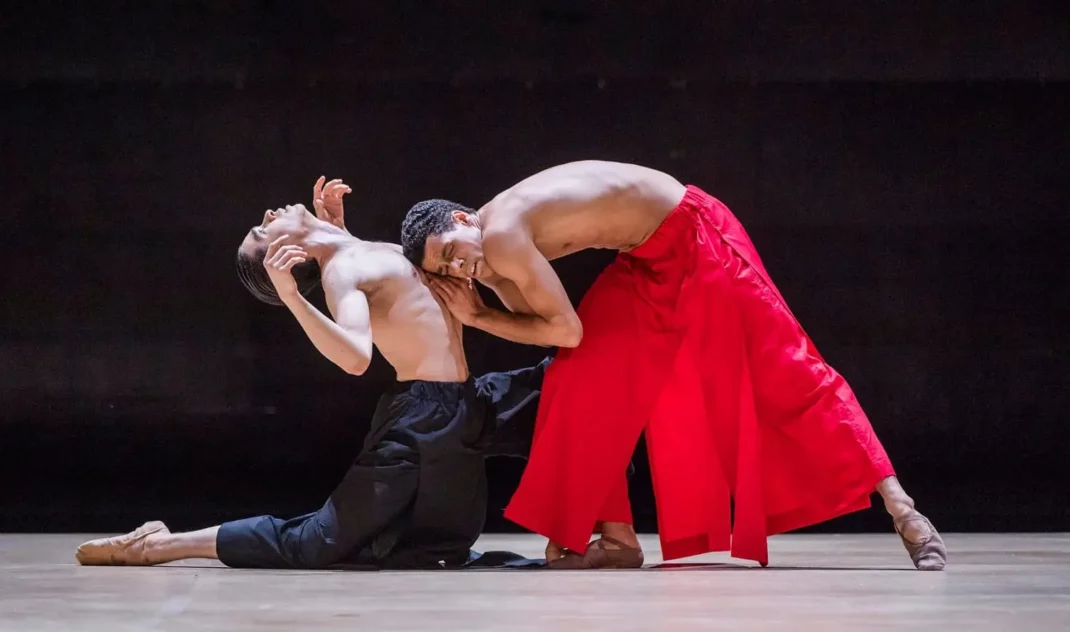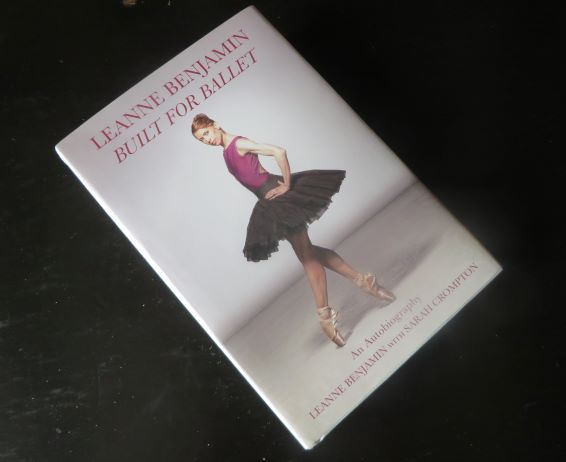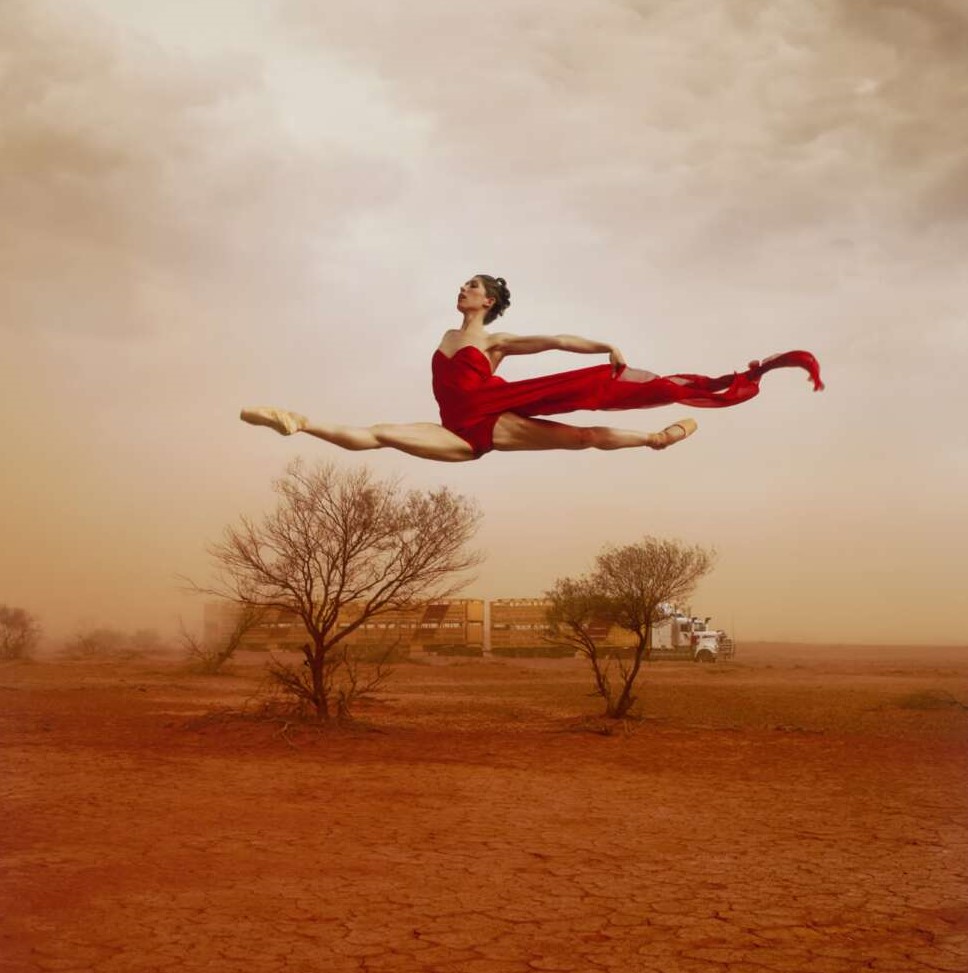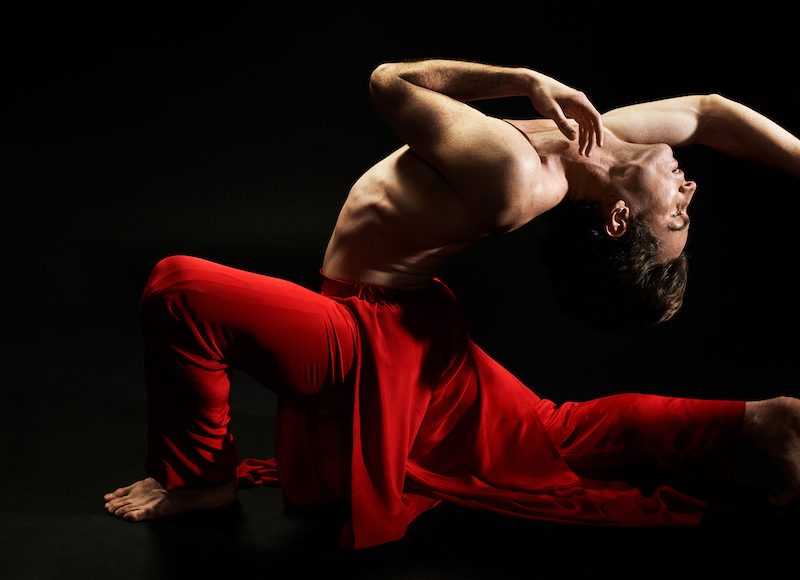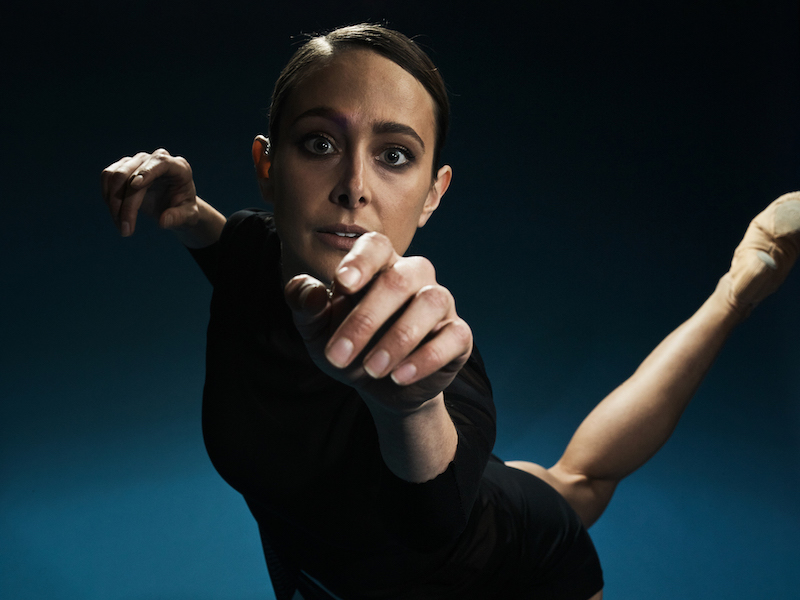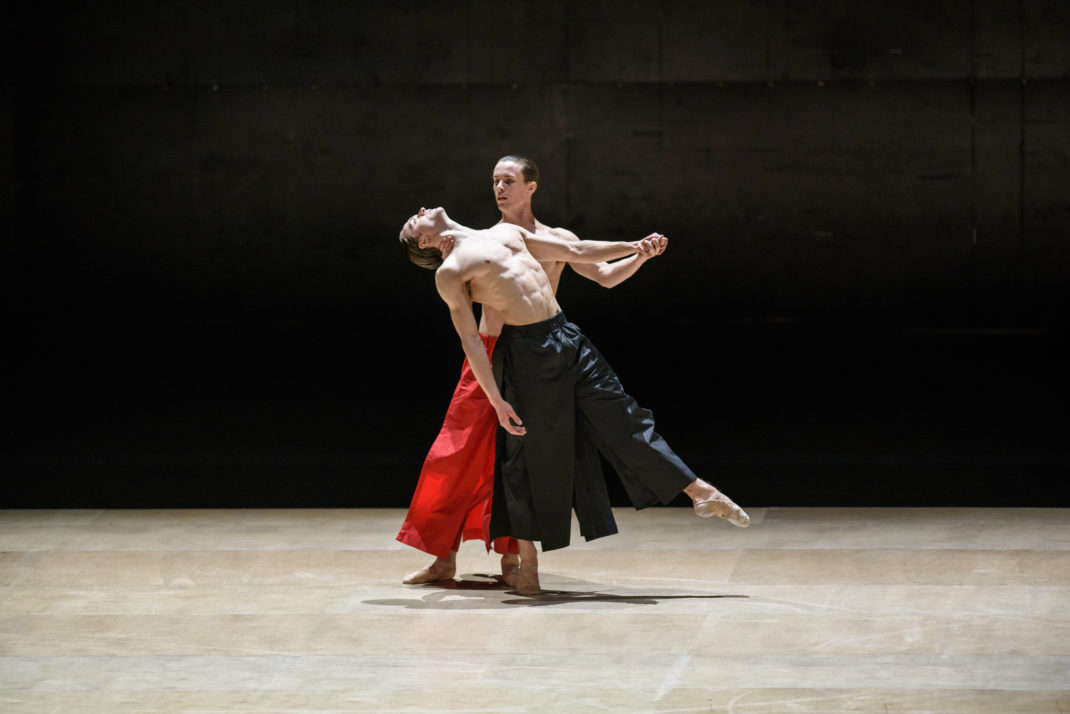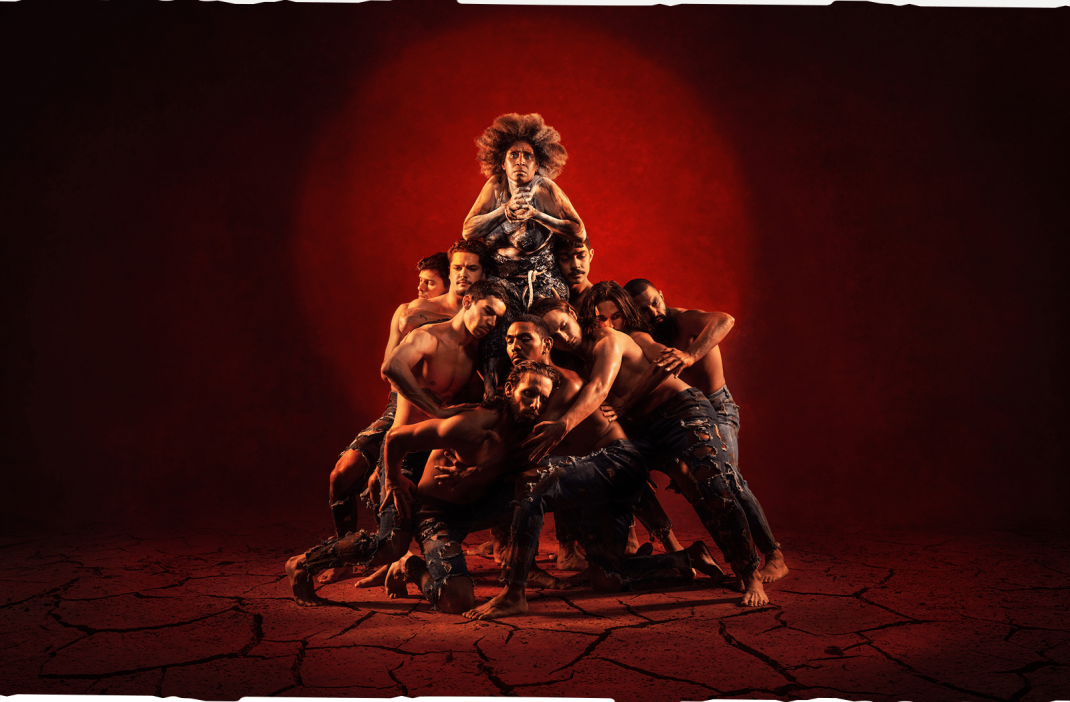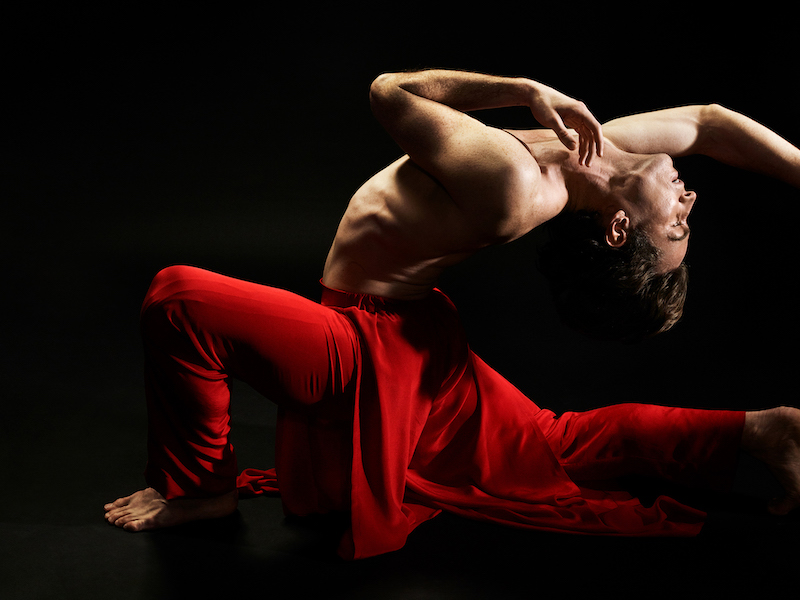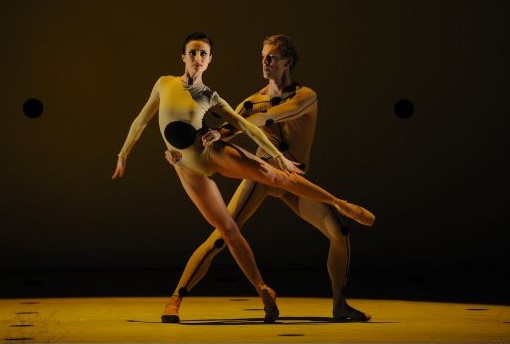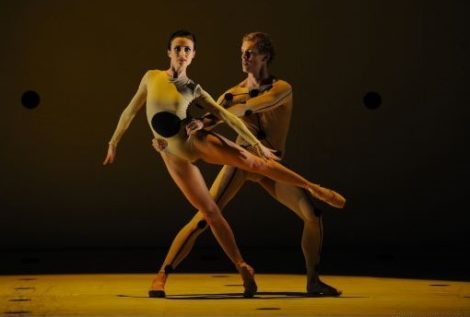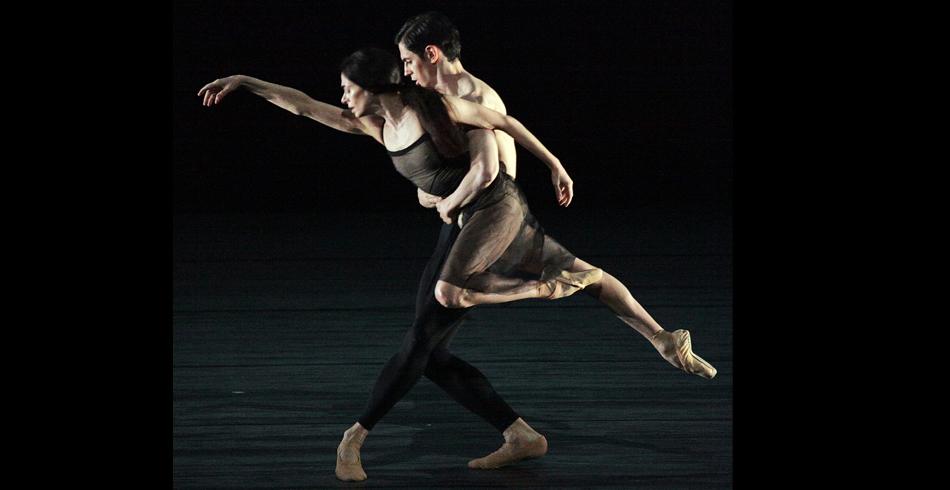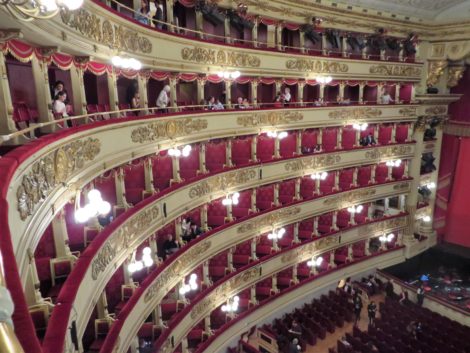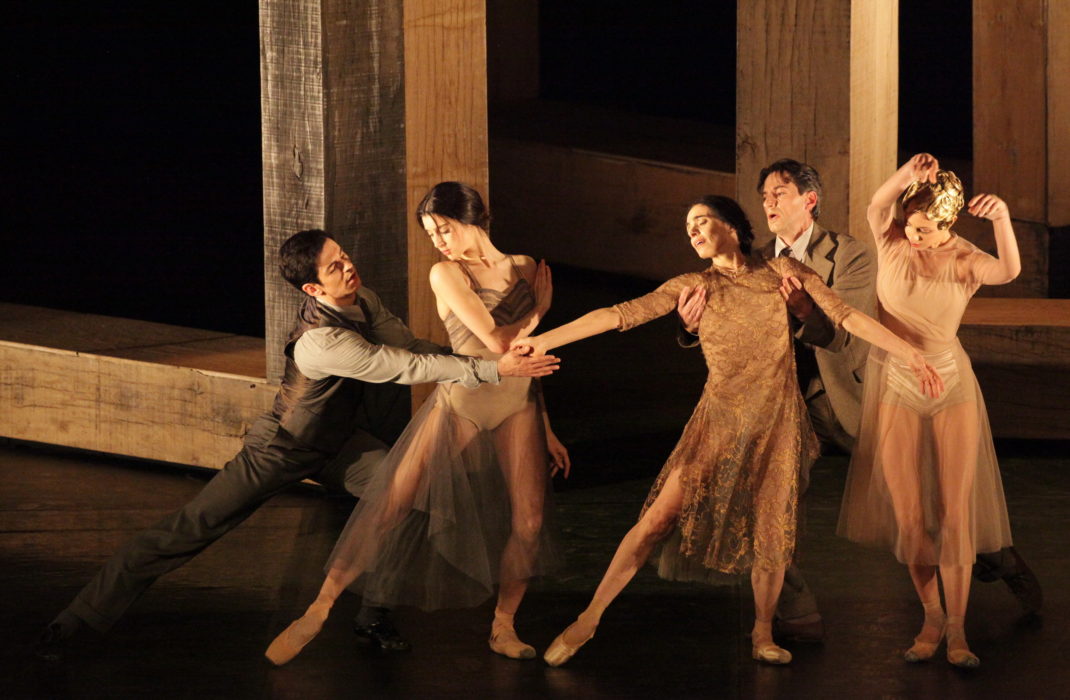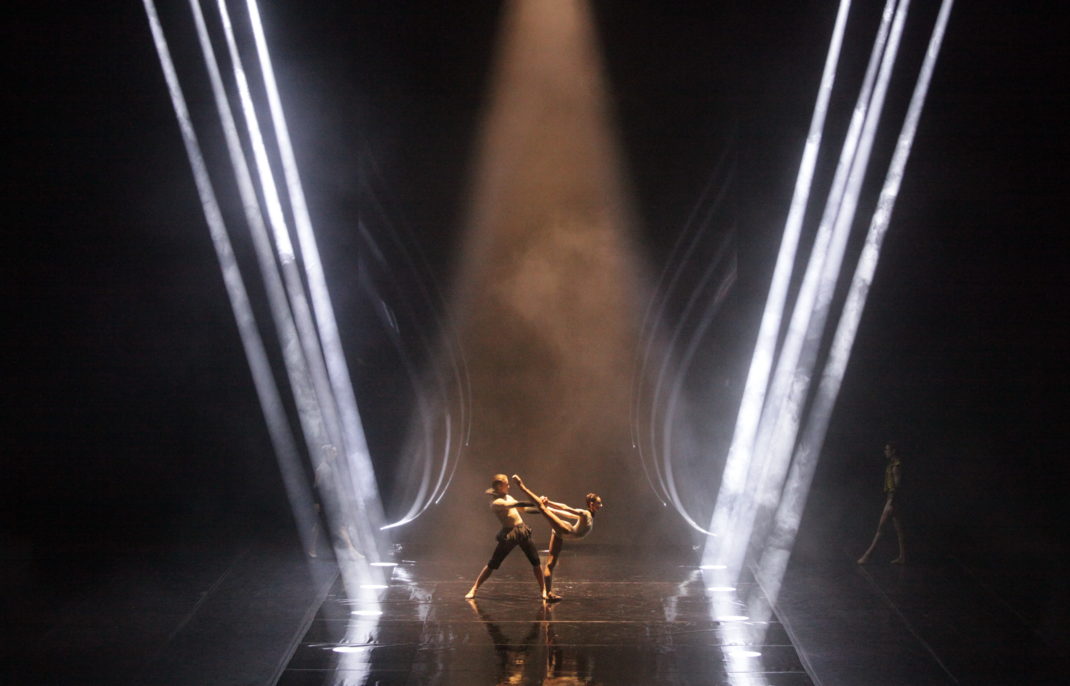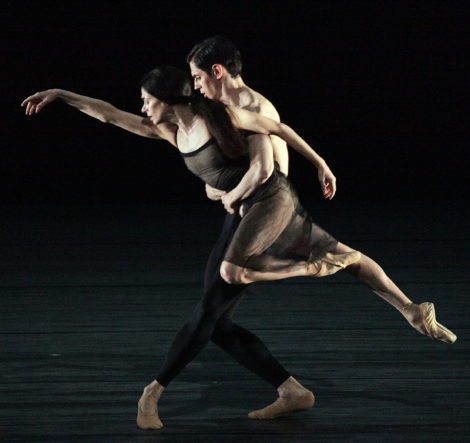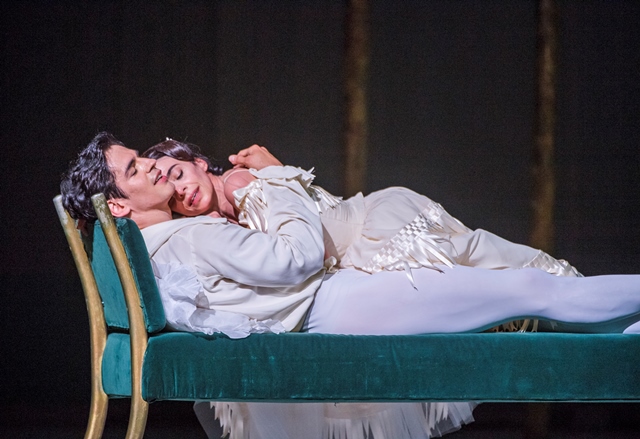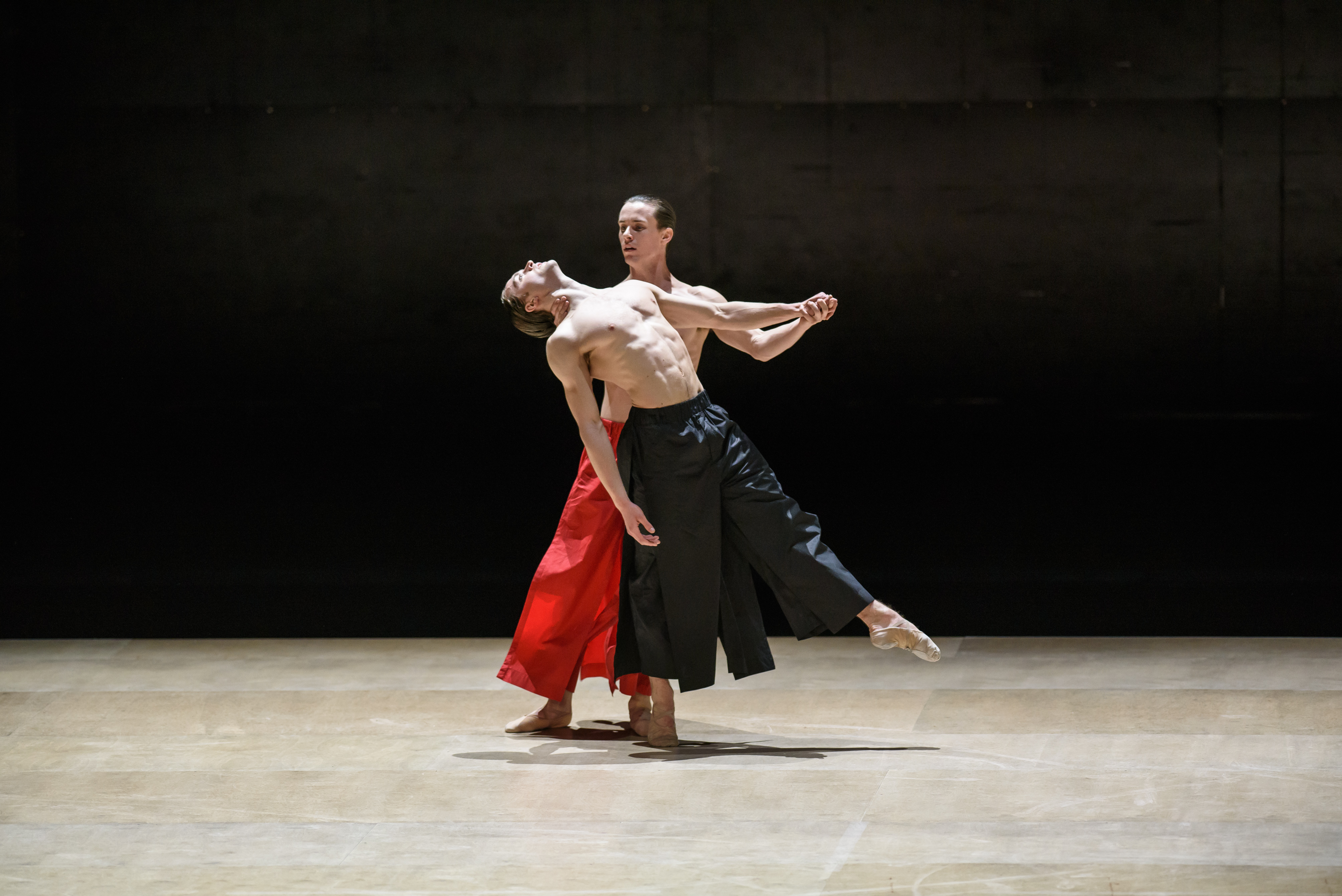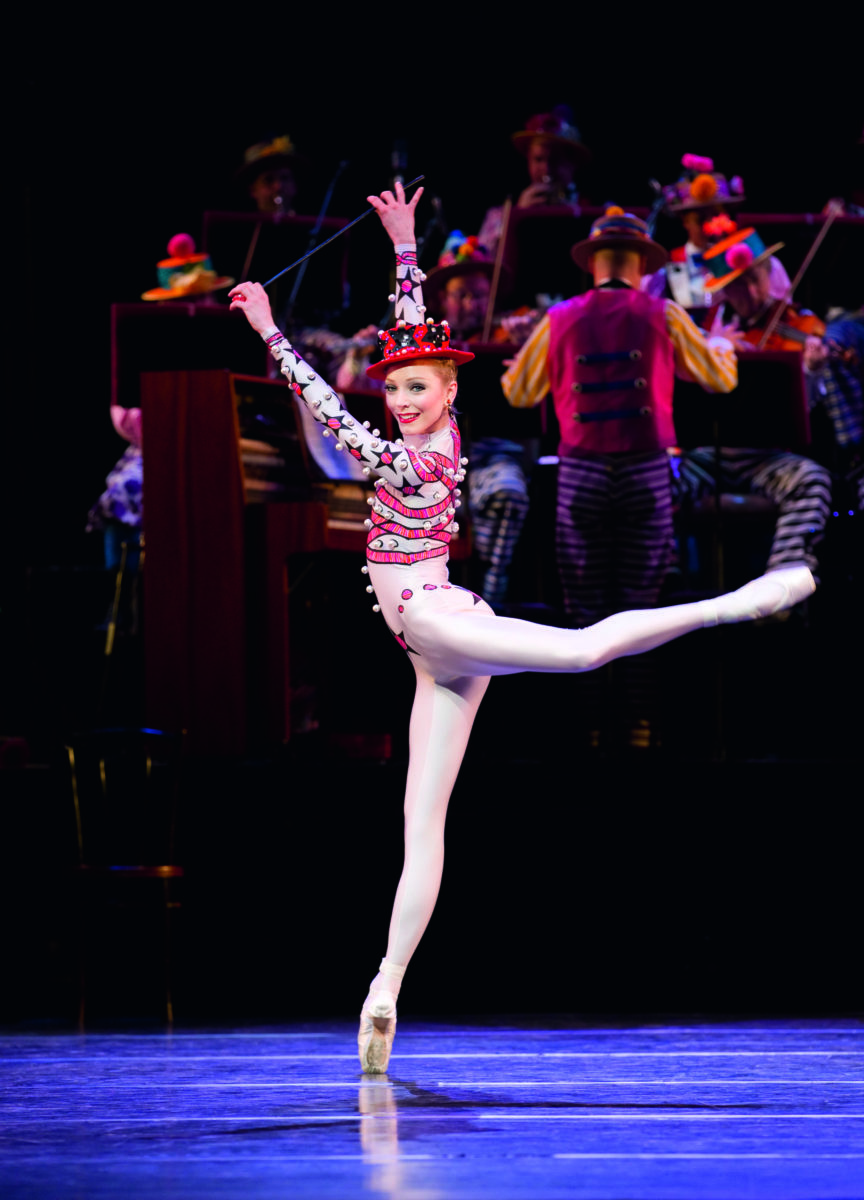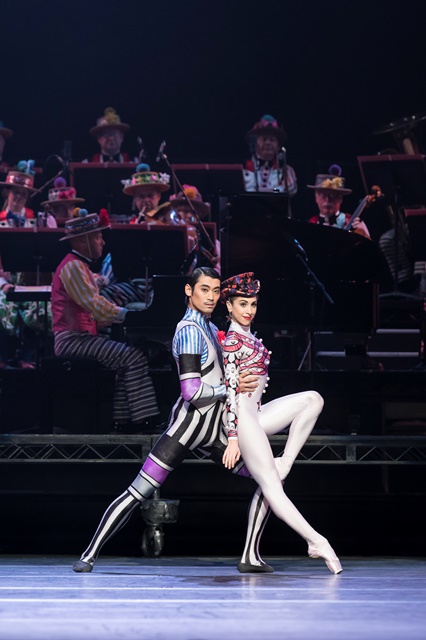Via the ROH streaming platform
Wayne McGregor made Limen as an exploration of the concept of liminality. The word liminality is not all that easy to define, and to tell the truth I spent a bit of time looking at how it is defined in different settings, including as an anthropological concept. In the end I settled for the fact that the word ‘limen’ in Latin means ‘threshold’ and I watched the ballet with that in my mind.
The ballet as streamed is from 2009, the year of its premiere. It opens in a darkish-blue environment with set and video design by Tatsuo Miyajima, along with a lighting design by Lucy Carter.
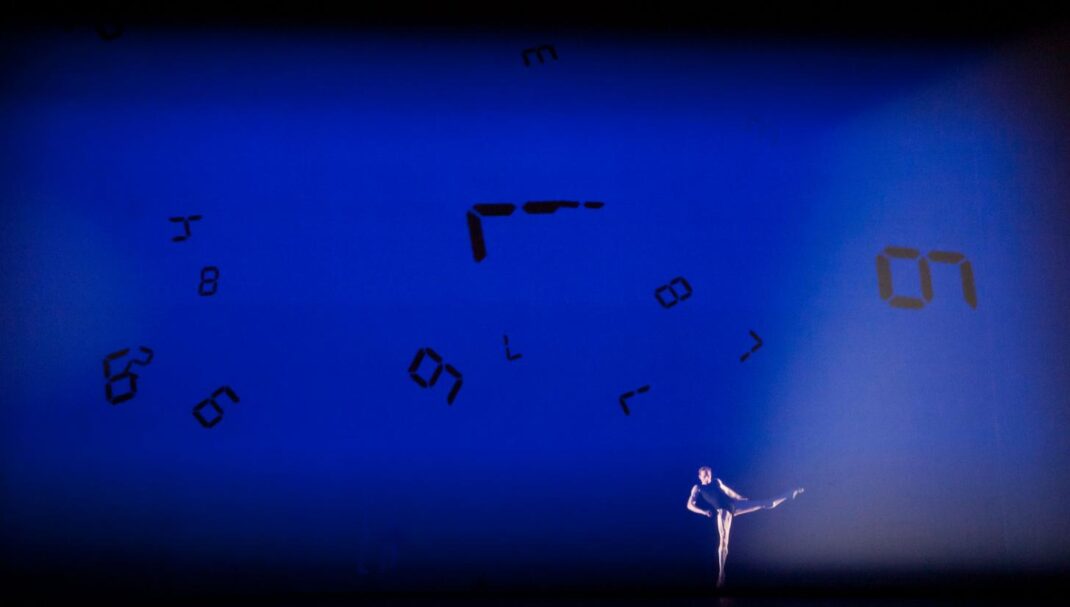
In this environment dancers come and go as numbers and letters flash into the space and then, like the dancers, disappear. As we watch we can’t help but notice the astonishing manner in which McGregor pushes his choreographic movements into scarcely believable shapes, poses and connections without destroying completely the intrinsic characteristics of ballet. There are some intriguing moments between Steven McRae and Leanne Benjamin before she moves off leaving him alone.
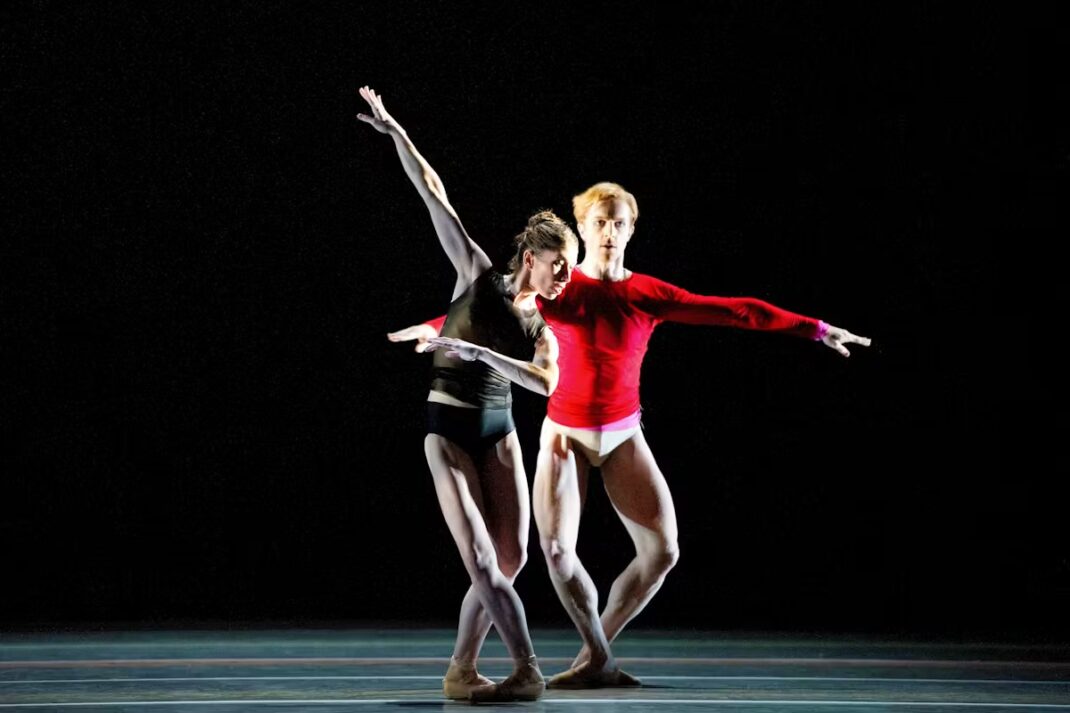
The environment then changes with brighter lighting and with lines of coloured light creating a rectangular shape, or later stripes in parallel lines, on the stage floor on which the dancers continue their performance. McRae shines again, in particular with his triple pirouettes. But every dancer, dressed mostly in brightly coloured tops over mostly light, flesh coloured briefs, attacked McGregor’s demanding choreography with gusto.
But without a doubt the highlight of the work was an absolutely stunning pas de deux coming towards the end of the work and danced by Sarah Lamb (on pointe) and Eric Underwood. Lamb scarcely looked into the eyes of Underwood but the connection between them was intense. The fluidity as they moved together was engrossing and they seemed like just one person. Breathtaking!
As the pas de deux came to its end the stage blackened and the performing space lit up with tiny blue dots, numbers in various sizes, and letters all positioned seemingly randomly. Shadowy dancers appeared wearing simple costumes in skin coloured fabric. They danced together before Lamb and Underwood returned. But they too slipped away and were followed by a single dancer. But he too disappeared, as did the blue dots leaving nothing but a blackened space as the finale.
Limen is danced to a cello concerto by Finnish composer Kaija Saariaho, Notes on Light, which, as the Wayne McGregor website notes, was inspired by the idea of a solar eclipse. Although there were many moments that seemed to show the dancers on the threshold of beginning (or ending) a connection with others—thus reflecting the notion of liminality—Limen seemed to me to be more rewardingly seen as an abstract ballet demonstrating McGregor’s choreographic style. Like all of McGregor’s ballets, Limen is a masterly collaboration that leaves us both emotionally drained and filled with thoughts.
Michelle Potter, 26 April 2025
Featured image: Sarah Lamb and Eric Underwood in a pas de deux from Limen. Photo: © Bill Cooper
